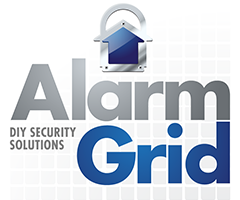Carbon Monoxide Detectors




Carbon Monoxide detectors are one of the most important life-safety devices that you can have in your home. Like smoke detectors and heat detectors alert the sleeping or the unsuspecting of a fire on the premise, a carbon monoxide detector will sound at the presence of the odorless gas, carbon monoxide. This gas is dangerous, deadly, flammable, and incredibly easy to prevent deaths from. These highly reliable sensors are a necessary component in the modern home.
Having a CO detector programmed into your monitoring system isn't just a convenience, it is potentially life-saving. Carbon monoxide gas is fast-acting, and it can knock a person unconscious extremely quickly. When a CO detector is connected to an alarm system, the police or ambulance can be immediately dispatched by a central station to a unresponsive caller. This can mean the difference between life and death in many situations.
Carbon monoxide sensors for alarm systems come in two main varieties. These are wireless carbon monoxide sensors and hardwired carbon monoxide sensors. Wireless CO detectors communicate with a panel wirelessly at a specific radio frequency. In order for a wireless carbon monoxide sensor to work with a security system, the panel must have a wireless receiver that accepts signals at the same frequency. Most wireless panels already have a wireless receiver built-in, but you will need to add one to a hardwired panel if you want to use wireless carbon monoxide sensors.
Wireless carbon monoxide sensors can usually be auto-enrolled at the panel. This is helpful for ensuring that the sensor can communicate with the system properly. Alarm Grid always recommends auto-enrolling sensors whenever possible, as opposed to entering a Serial Number manually. You will also need to properly configure the wireless zone. A carbon monoxide zone will be set so that it triggers an immediate system alarm upon activation. This is important for receiving emergency help if an outbreak of CO gas occurs.
There are also hardwired carbon monoxide sensors that connect directly with a hardwired alarm control panel. You cannot use hardwired carbon monoxide detectors with wireless alarm control panel. A wireless system will not have the zone terminals needed to support hardwired CO sensors. Additionally, hardwired CO detectors are not suitable for use with wired to wireless converter devices. Most wired to wireless converters will not support life-safety sensors like carbon monoxide detectors.
A good thing about hardwired CO sensors is that they usually don't require any special wiring. Most hardwired CO detectors for alarm systems are 4-wire devices that use two wires for power and two wires for data transmission. The sensor will automatically reset itself once CO gas exits the detection chamber. This makes these devices considerably easier to use than 4-wire smoke detectors, which usually require a power relay and other equipment for proper functionality.








